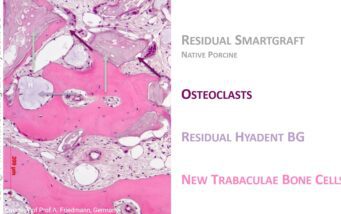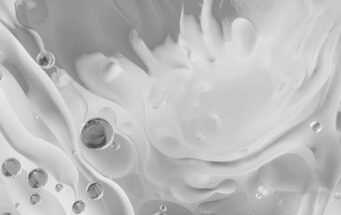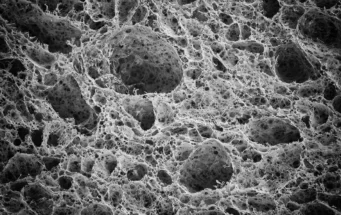Wetenschappelijke literatuur
Over implantologie in het algemeen en specifieke producten voor dentale chirurgie uit onze shop.

Combined Sinus Grafting and Lateral Augmentation by a Hyaluronic Acid- Facilitated Guided Bone Regeneration Protocol – Case Series Supported by Human Histologic Analysis

Minimally invasive management of implant-supported rehabilitation in the posterior maxilla (Part I). Sinus floor elevation: biologic principles and materials

Two-stage crestal sinus elevation by sequential drills in less than 4mm of residual ridge height: a clinical and histologic case report

Permanent wettability of a novel nanoengineered, clinically available, hyaluronan-coated dental implant

Soft tissue enhancement and implant placement following partial mandibulectomy due to squamous cell carcinoma
